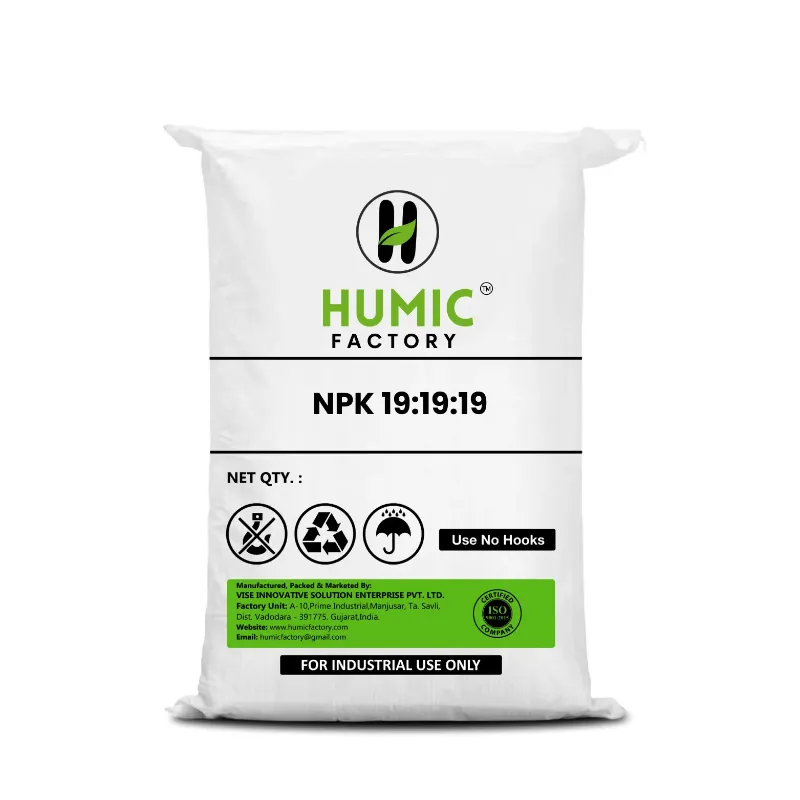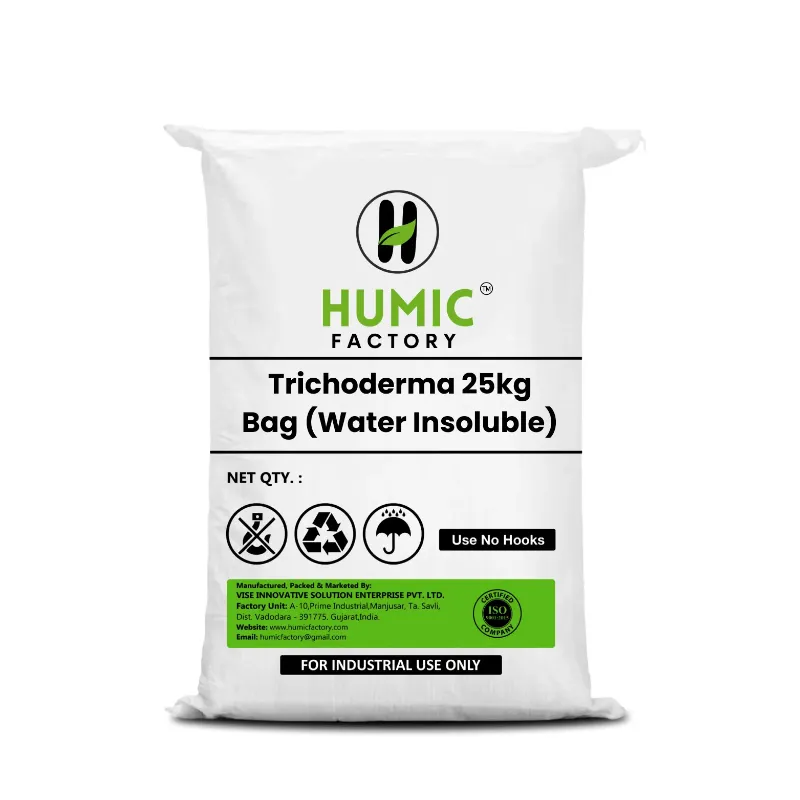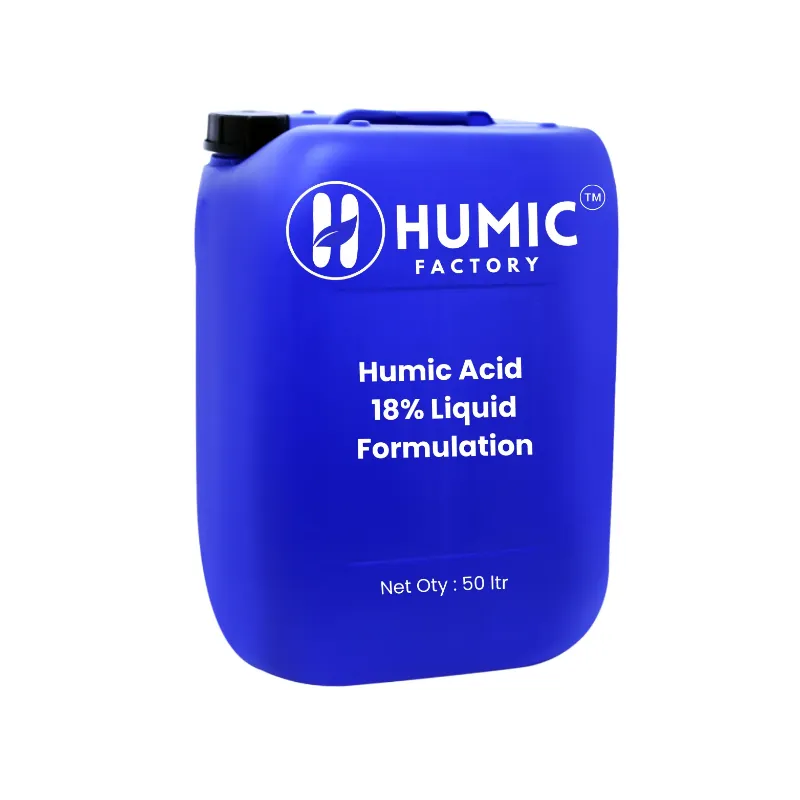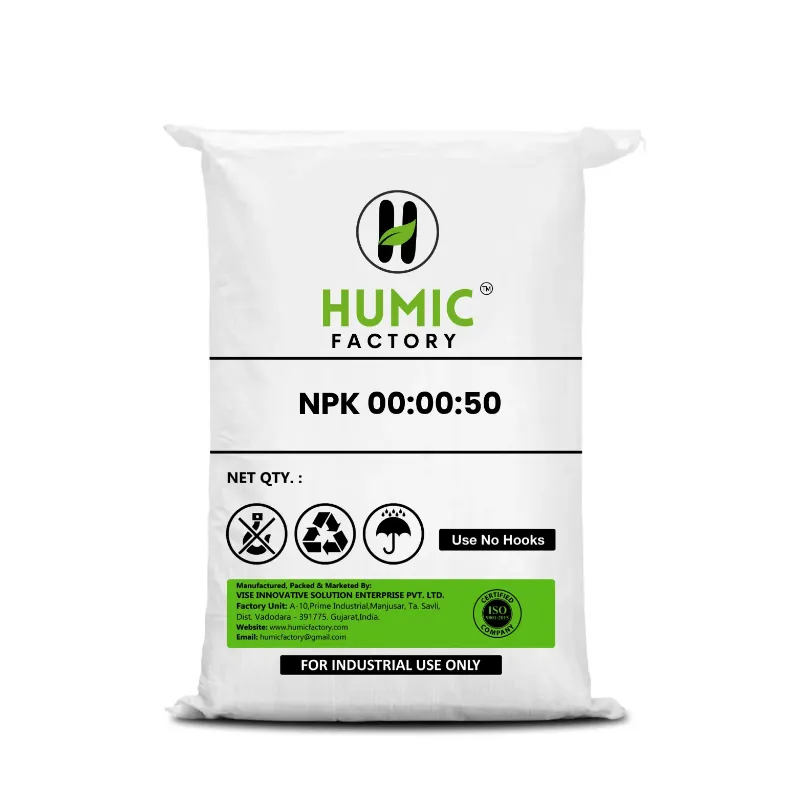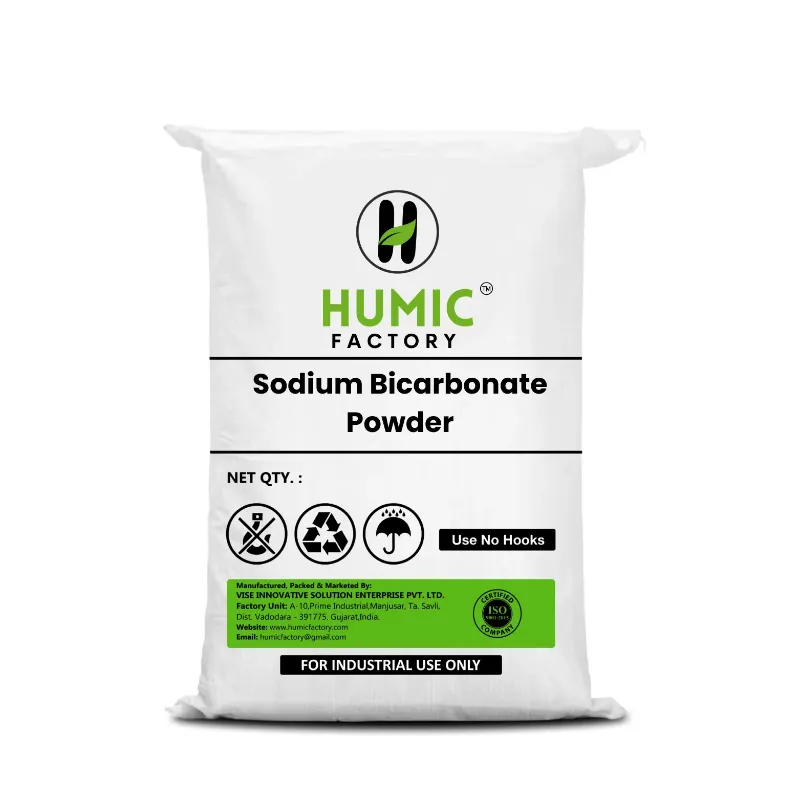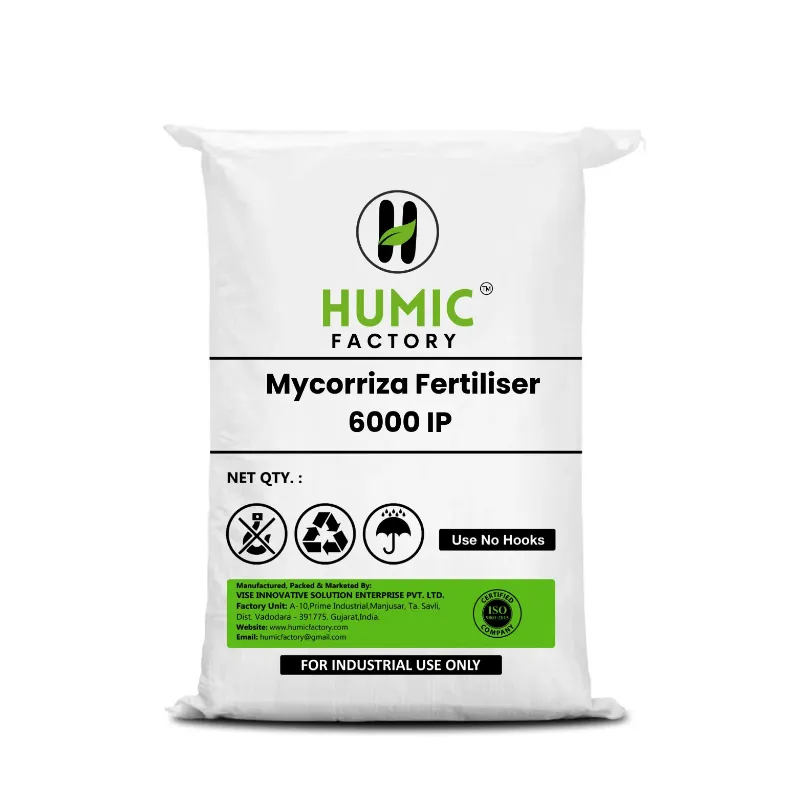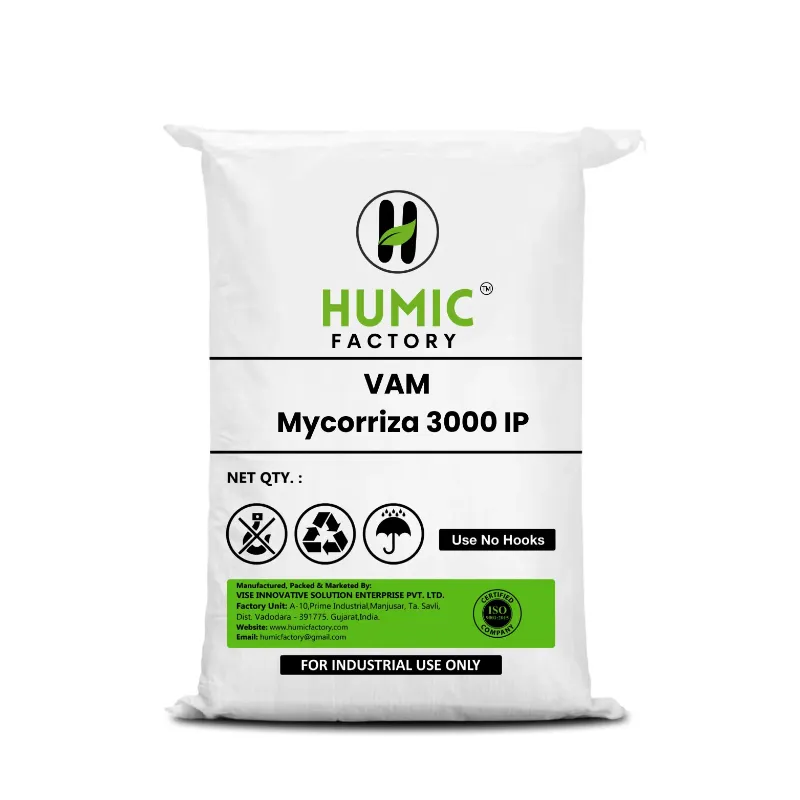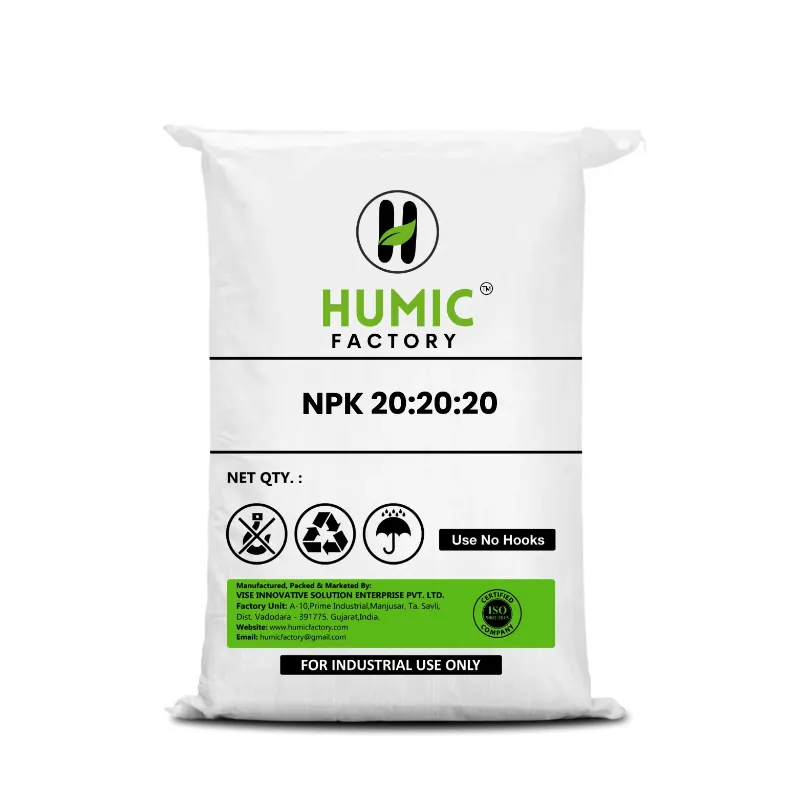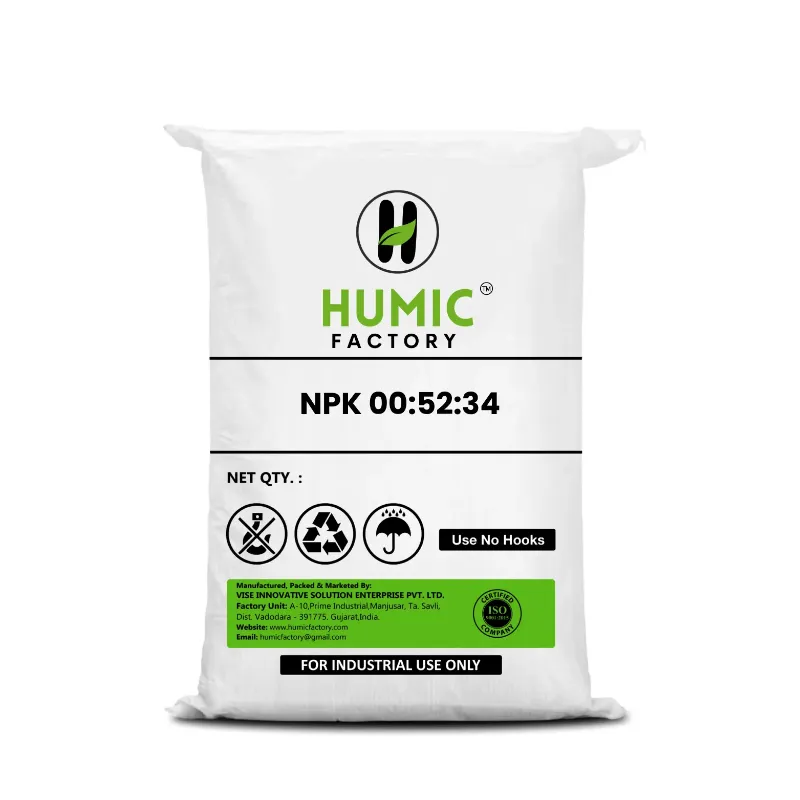Applying humic acid to soil or plants requires careful consideration of factors such as application methods, rates, timing, and compatibility with other soil amendments or fertilizers. Maximizing the effectiveness of humic acid involves selecting appropriate application strategies that optimize its benefits for soil health, nutrient availability, and plant growth. Here are several key points to consider when applying humic acid for maximum effectiveness:
1. Selection of Humic Acid Product:
Choose a high-quality humic acid product that suits your specific soil and crop needs. Consider factors such as humic acid content, source material (e.g., leonardite, peat, compost), and compatibility with other soil amendments or fertilizers. Select a product with a high concentration of humic acid and low levels of impurities or contaminants for optimal effectiveness.
2. Soil Testing and Analysis:
Before applying humic acid, conduct a soil test to assess soil fertility, pH, nutrient levels, and organic matter content. Soil testing provides valuable information to guide the application of humic acid and other soil amendments. Based on soil test results, adjust the application rates and methods of humic acid to address specific soil deficiencies and improve soil health.
3. Application Methods:
Humic acid can be applied to soil or plants through various methods, including soil incorporation, fertigation, foliar spray, seed treatment, and root drench. The choice of application method depends on factors such as soil type, crop type, stage of growth, and equipment availability. Select the most appropriate application method to ensure uniform distribution and effective uptake of humic acid by plants.
4. Soil Incorporation:
Soil incorporation involves mixing humic acid into the soil before planting or during soil preparation. This method ensures even distribution of humic acid throughout the root zone and promotes its interaction with soil particles and organic matter. Use mechanical equipment such as tillers, plows, or cultivators to incorporate humic acid into the soil to a depth of 4-6 inches for maximum effectiveness.
5. Fertigation:
Fertigation involves applying humic acid along with irrigation water through drip or sprinkler systems. This method delivers humic acid directly to the root zone of plants, promoting rapid absorption and utilization by roots. Dilute humic acid solutions with water according to recommended rates and apply them through fertigation equipment during regular irrigation cycles for continuous nutrient supply and soil conditioning.
6. Foliar Spray:
Foliar spray involves applying humic acid directly to plant foliage as a liquid solution. This method allows for rapid absorption of humic acid through leaf stomata, leading to quick nutrient uptake and physiological responses in plants. Dilute humic acid solutions with water according to recommended rates and apply them as foliar sprays during early morning or late afternoon to avoid leaf burn and maximize absorption.
7. Seed Treatment:
Seed treatment involves coating seeds with a humic acid solution before planting. This method enhances seed germination, root development, and early seedling growth by providing essential nutrients and stimulating root growth. Mix seeds with a diluted humic acid solution and allow them to dry before planting to ensure uniform coating and effective seed treatment.
8. Root Drench:
Root drench involves applying humic acid directly to the root zone of established plants. This method promotes root development, nutrient uptake, and overall plant health by supplying essential nutrients and stimulating root growth. Dilute humic acid solutions with water according to recommended rates and apply them directly to the soil around the base of plants using a watering can or drip irrigation system.
9. Application Rates:
Determine the appropriate application rates of humic acid based on soil test results, crop requirements, and recommended guidelines. Follow manufacturer instructions and recommended rates for specific crops, soil types, and application methods to avoid over-application or under-application of humic acid. Adjust application rates based on soil conditions, crop growth stage, and environmental factors to maximize effectiveness.
10. Timing of Application:
Timing of humic acid application is crucial for maximizing its effectiveness and achieving desired results. Apply humic acid at the appropriate stage of crop growth or during specific periods of the growing season to optimize nutrient availability, root development, and plant growth. Consider factors such as crop phenology, soil temperature, moisture availability, and nutrient demand when timing the application of humic acid.
11. Compatibility with Other Inputs:
Consider the compatibility of humic acid with other soil amendments, fertilizers, and agrochemicals when planning application strategies. Avoid mixing humic acid with highly acidic or alkaline fertilizers, as this may affect its stability and effectiveness. Conduct compatibility tests or consult with agricultural experts to ensure that humic acid is compatible with other inputs and application methods.
12. Monitoring and Evaluation:
Monitor soil and plant responses to humic acid application over time to assess its effectiveness and make any necessary adjustments. Monitor changes in soil pH, nutrient levels, plant growth, and yield to evaluate the impact of humic acid on soil fertility and crop productivity. Use soil testing and plant analysis to track nutrient availability, uptake, and utilization in response to humic acid application.
In summary, applying humic acid to soil or plants for maximum effectiveness involves careful consideration of factors such as selection of humic acid product, soil testing and analysis, application methods, rates, timing, compatibility with other inputs, and monitoring and evaluation of soil and plant responses. By implementing appropriate application strategies and following recommended guidelines, growers can optimize the benefits of humic acid for soil health, nutrient availability, and plant growth in agricultural and horticultural systems.



